本教程是关于Maya角色真实动作表演镜头动画技术视频教程,时长:4小时42分,大小:10.8 GB,MP4高清视频格式,教程使用软件:Maya,作者:Ted Lister,共11个章节,语言:英语。
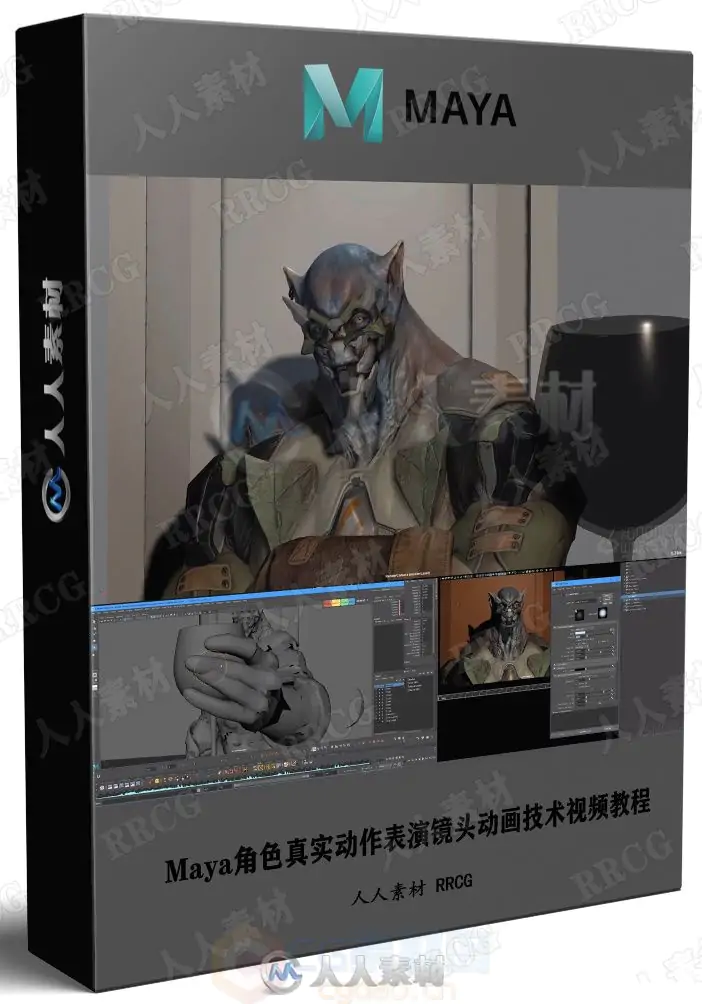
Autodesk Maya是美国Autodesk公司出品的世界顶级的三维动画软件,应用对象是专业的影视广告,角色动画,电影特技等。Maya功能完善,工作灵活,易学易用,制作效率极高,渲染真实感极强,是电影级别的高端制作软件。Maya声名显赫,是制作者梦寐以求的制作工具,掌握了Maya,会极大的提高制作效率和品质,调节出仿真的角色动画,渲染出电影一般的真实效果,向世界顶级动画师迈进。Maya 集成了Alias、Wavefront 最先进的动画及数字效果技术。它不仅包括一般三维和视觉效果制作的功能,而且还与最先进的建模、数字化布料模拟、毛发渲染、运动匹配技术相结合。Maya 可在Windows NT与 SGI IRIX 操作系统上运行。在目前市场上用来进行数字和三维制作的工具中,Maya 是首选解决方案。
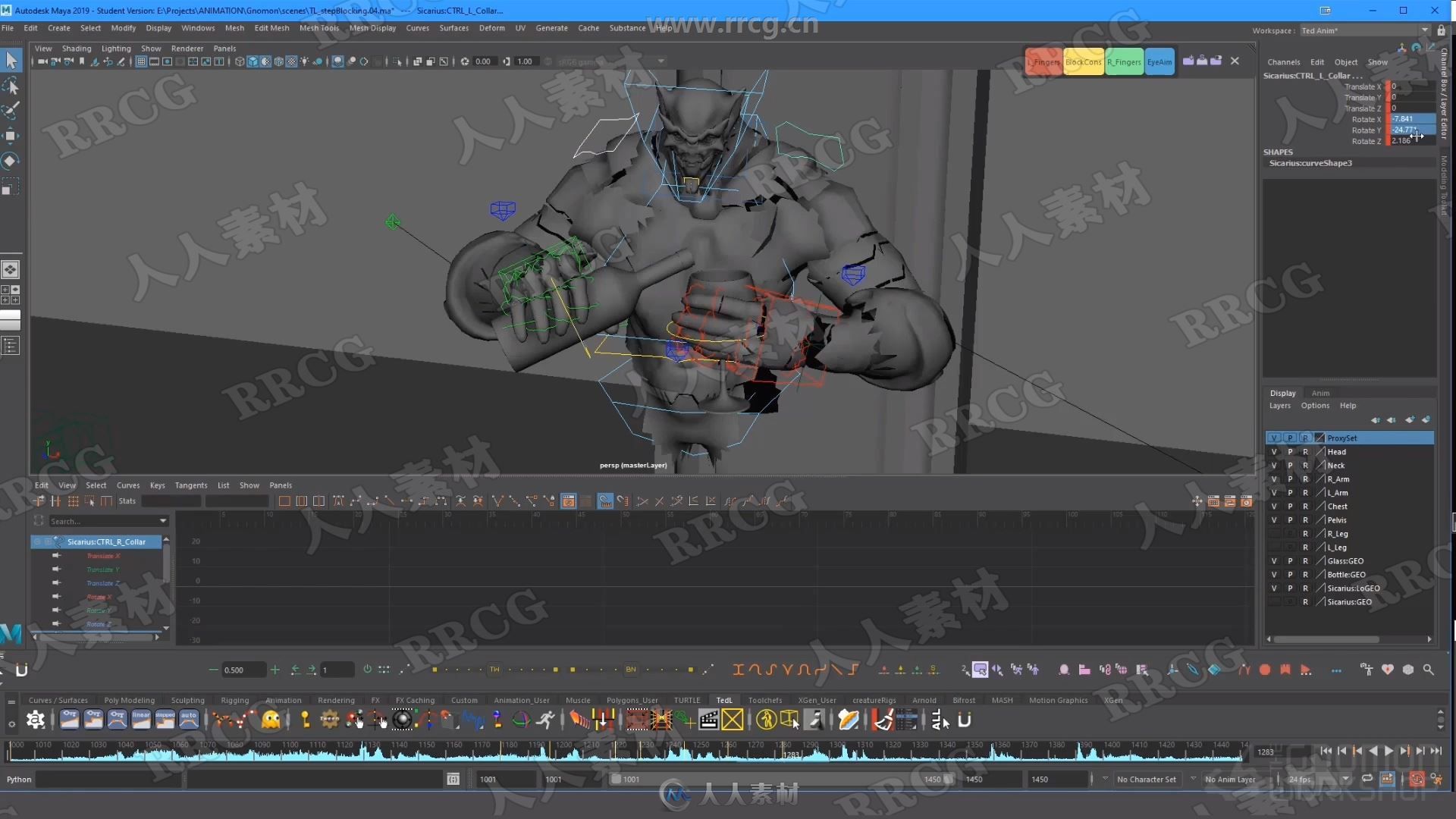
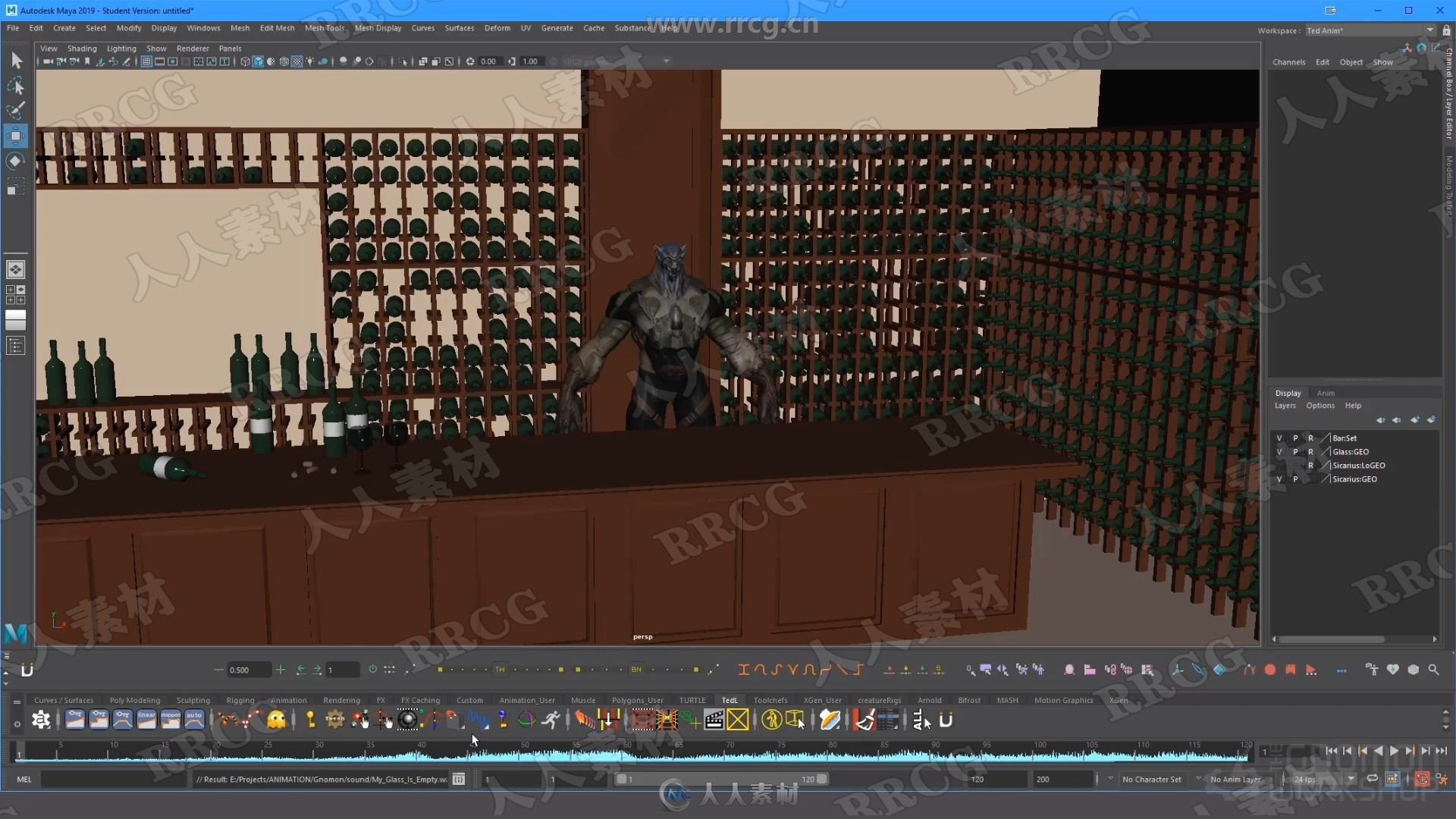
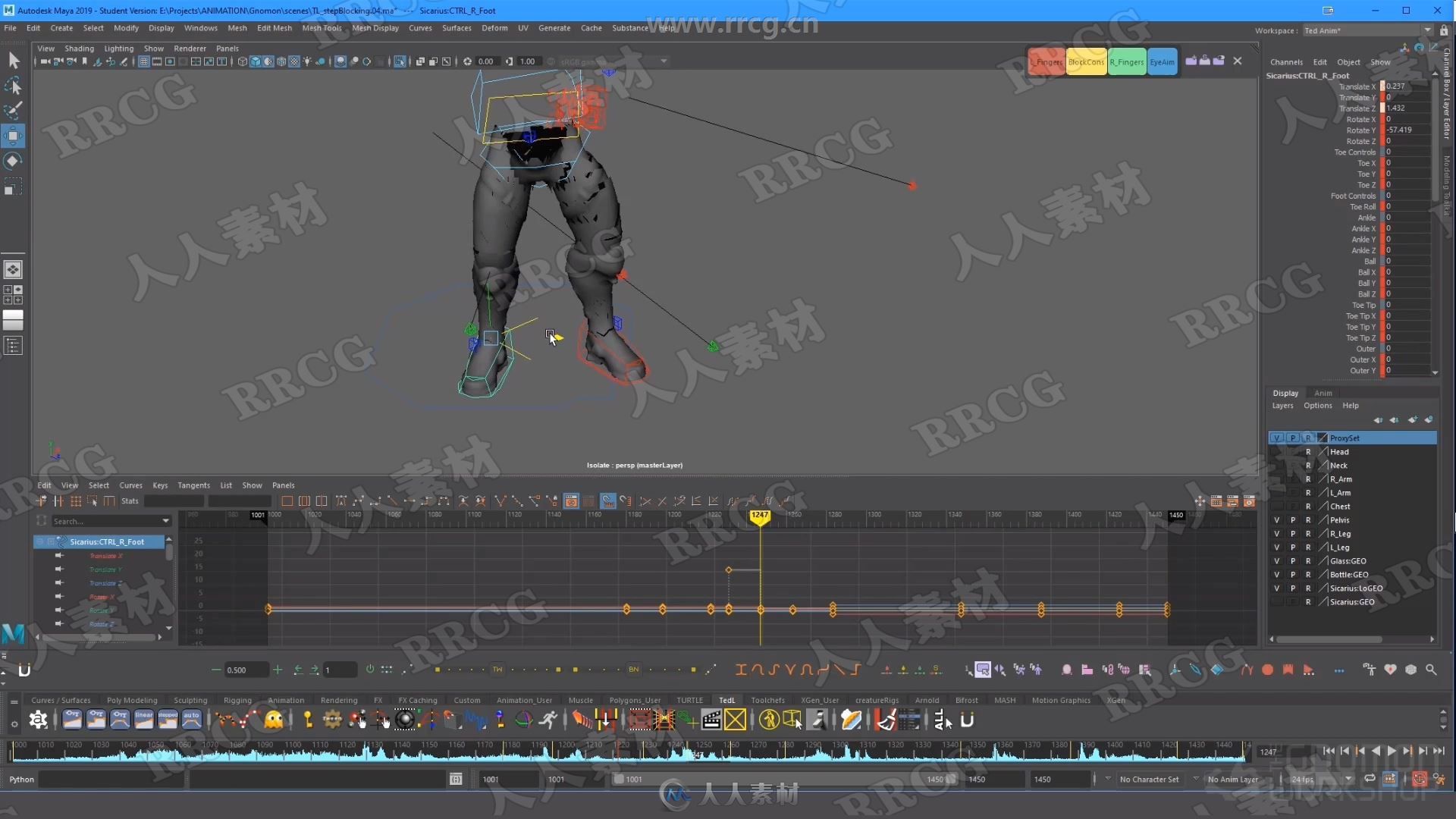

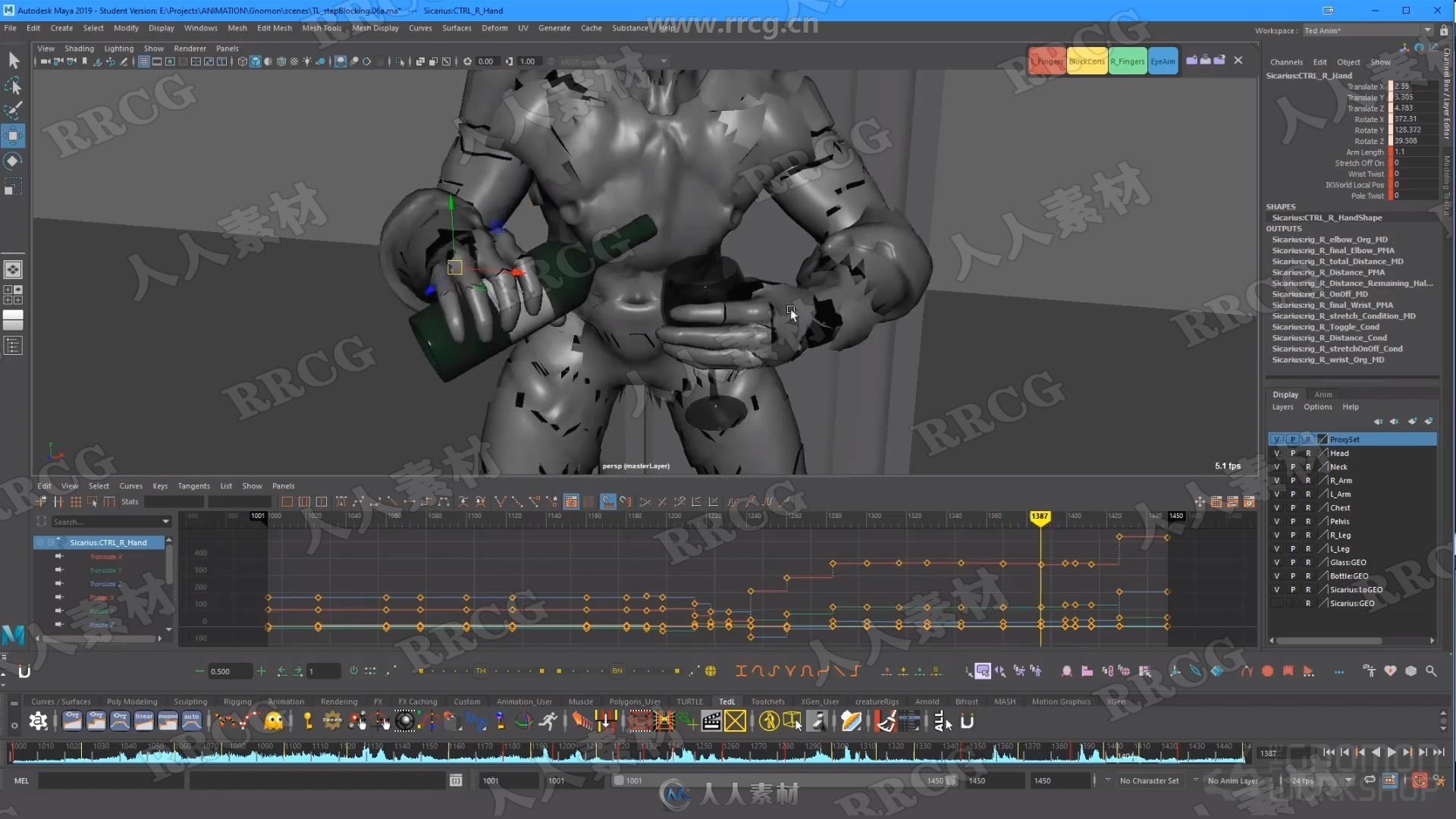
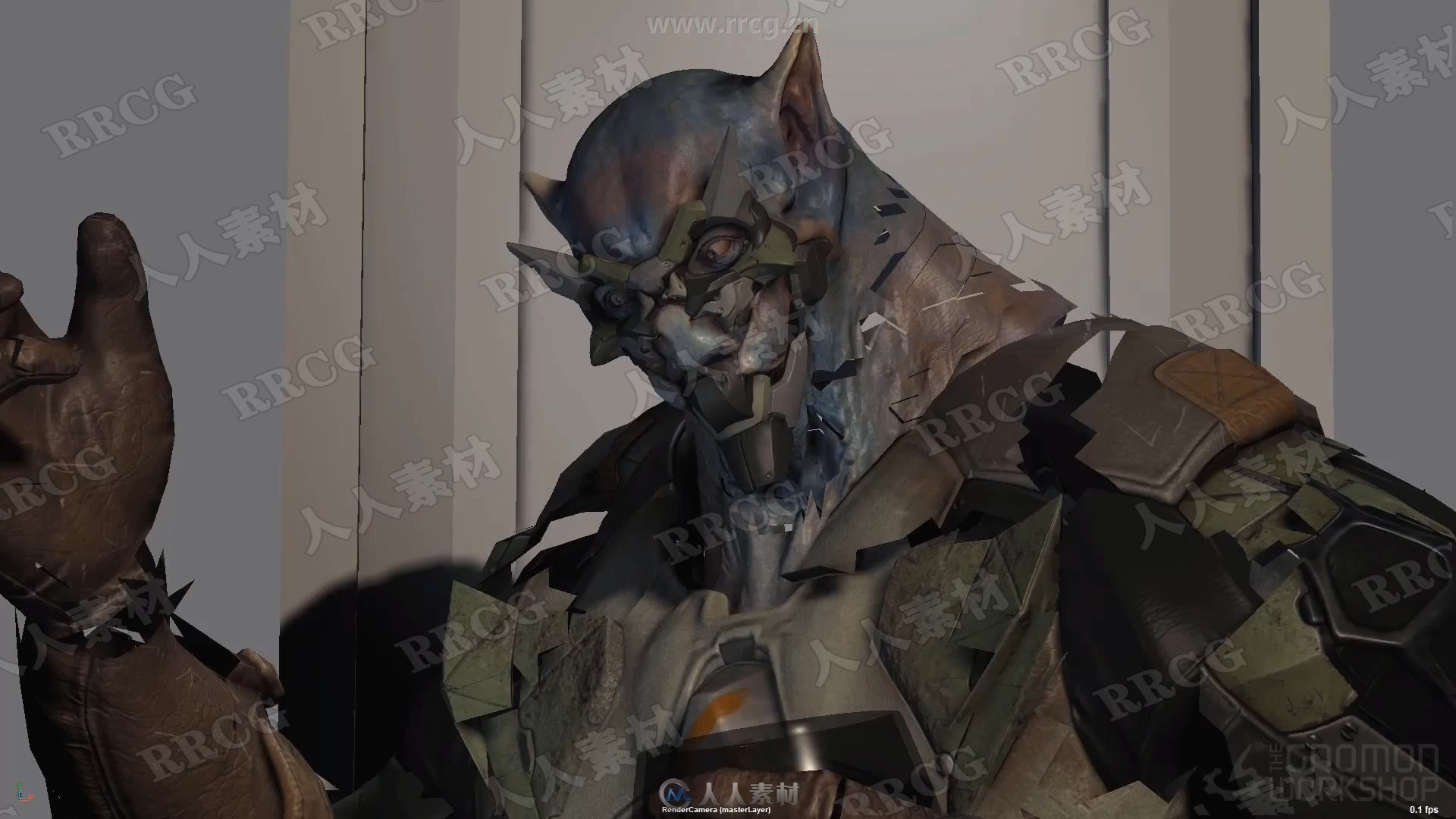
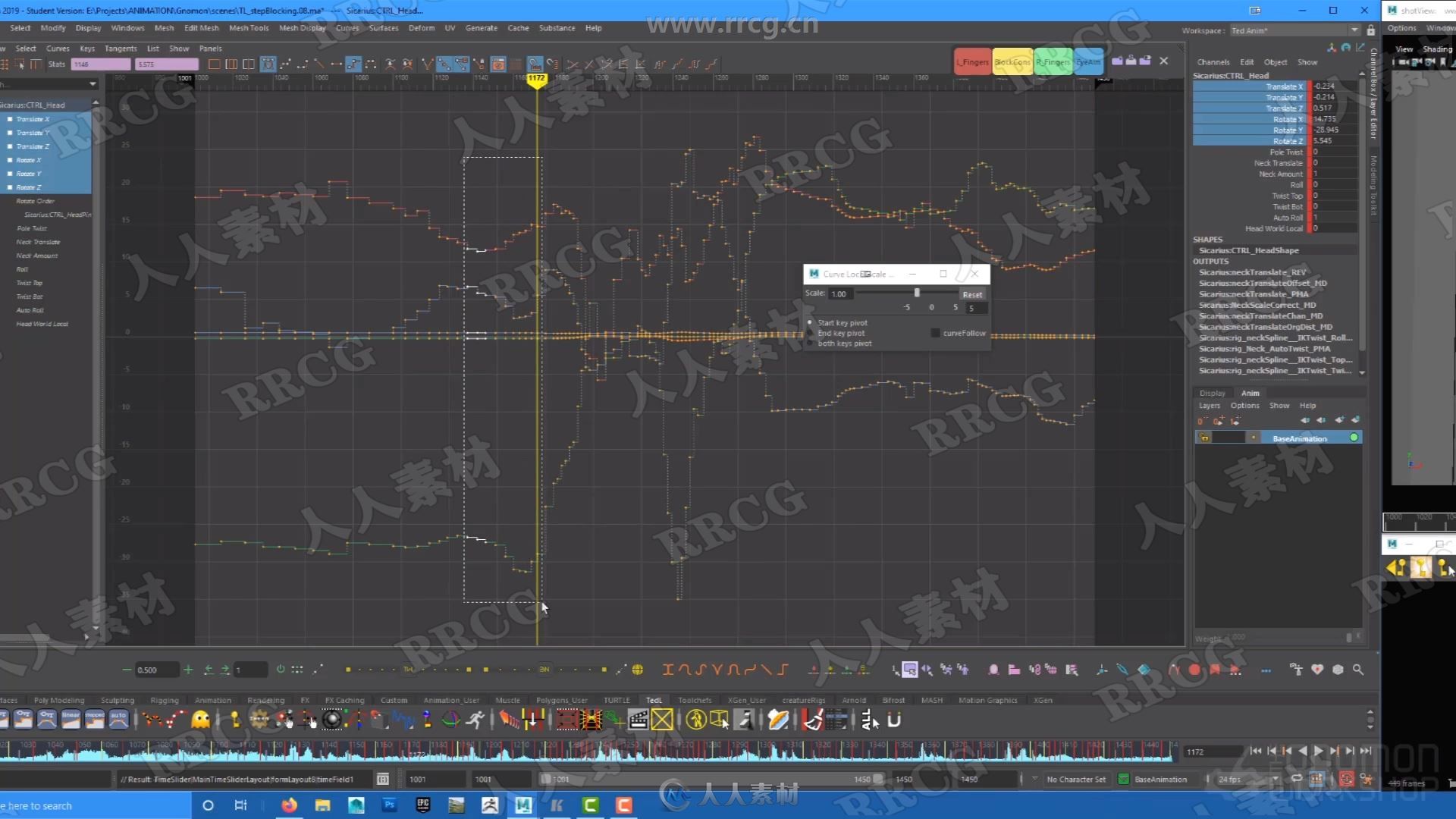

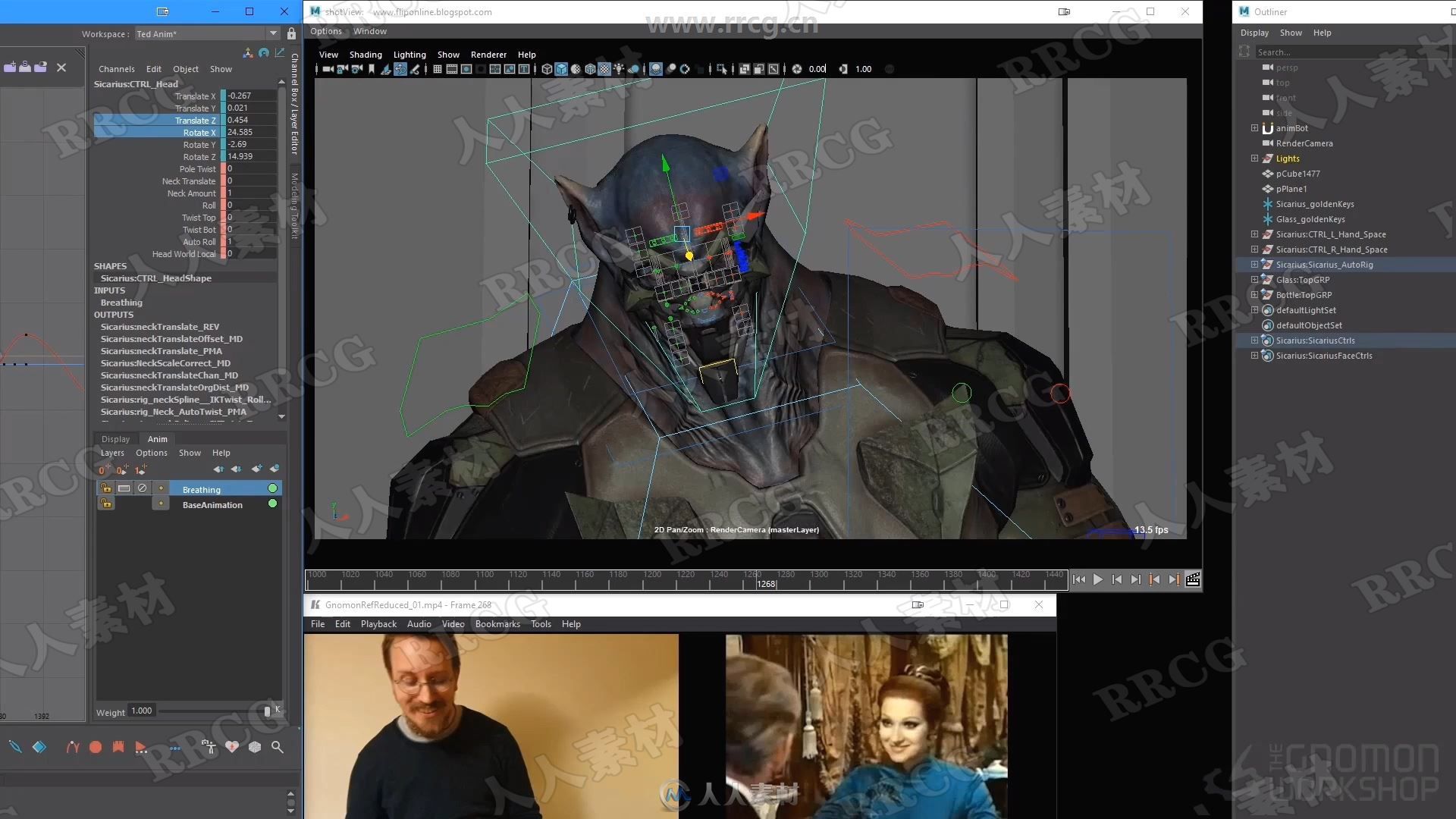
Shot Planning and Body Animation with Ted Lister
Less is more in the world of realistic animation for film. Subtle character performance is a unique challenge in character animation for movies, requiring a light touch and an understanding of the psychology of a character as well as how that translates to their tics and mannerisms.
In this tutorial, Lead Animator Ted Lister takes you through his workflow and the decisions he makes as he animates an understated and naturalistic performance piece based on dialogue from Horror Express. The selected dialogue has many opportunities for acting to the subtext rather than to the literal dialogue, and provides an opportunity for the character to have an internal monologue, while also featuring some gear changes along the way.
Using Kiel Figgins’ Sicarius rig, Ted takes you through his various steps, from preparation and blocking to breathing and final polish — even covering some camera animation to frame the acting. Detailing both Ted’s specific workflow and discussing his broader concepts, this tutorial provides a comprehensive view of animating a subtle yet impactful character animation shot; one that is sure to resonate with audiences while maintaining the illusion that this character rig is living, breathing, emoting and real.
This 4+ hour workshop assumes basic knowledge of Maya — although animation is universal, so the core concepts should carry over to the 3D package of your choice. Likewise, the concepts demonstrated in this tutorial are not rig specific, and can be applied to any rig that has a facial setup; cartoony, realistic or otherwise. Basic understanding of animation and associated terms is also assumed; it’s recommended that you have successfully animated a really good bouncing ball before tackling the concepts presented in this tutorial.
Vol. 1 of this workshop covers the preparation and animation of the body; Vol. 2 will cover facial anatomy and animation, and where the body and face work together.









